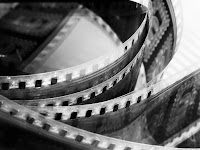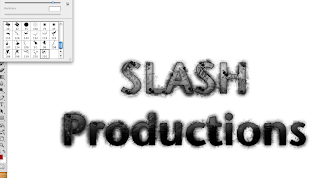 Film editing involves combining shots into sequences, film editing does need practice and it can become difficult when working with the film essentials; images, story, dialogue, music and pacing. The aim is to create a good cohesion for the final product; many different film essentials have their own meaning, for instance music is used in trailers in order to enhance mood and reinforce the message that is trying to be shown, if I do this then I can hopefully convey the mood of fear and anxiety. By achieving an effective production you are more likely to satisfy the gratifications of your audience. With editing it can soon become and experiment and by practicing you can bring out an actors performance and create a point of view, which is suitable to the production.
Film editing involves combining shots into sequences, film editing does need practice and it can become difficult when working with the film essentials; images, story, dialogue, music and pacing. The aim is to create a good cohesion for the final product; many different film essentials have their own meaning, for instance music is used in trailers in order to enhance mood and reinforce the message that is trying to be shown, if I do this then I can hopefully convey the mood of fear and anxiety. By achieving an effective production you are more likely to satisfy the gratifications of your audience. With editing it can soon become and experiment and by practicing you can bring out an actors performance and create a point of view, which is suitable to the production.A key word and one particular word stands out in film editing terminology and that’s ‘continuity’ this is what I want to achieve as an editor. The term involves a series of shot appearing ‘physically continuous’ and by editing my footage I can make this possible.
Montage which comes from the French for ‘putting together’, this is another film editing technique similar to continuity. Lev Kuelshov (1920’s) described editing similar to making a building, “Brick by brick (shot-by-shot) the building (film) is erected”. The success of montage is down to the viewers inferring meaning based on context.
Like many media techniques there are theories around them and film editing is no different:
Edward Dmytryk- suggests a good editor should follow ‘Rules of cutting’
"Rule 1: Never make a cut without a positive reason."
"Rule 2: When undecided about the exact frame to cut on, cut long rather than short."
"Rule 3: Whenever possible cut 'in movement'."
"Rule 4: The 'fresh' is preferable to the 'stale'."
"Rule 5: All scenes should begin and end with continuing action."
"Rule 6: Cut for proper values rather than proper 'matches'."
"Rule 7: Substance first—then form."
Walter Murch- when editing there is a main criteria made of six evaluative comments to decide where to cut. I have chosen to select 3 of the 6 criteria, which I believe are relevant to my production.
Emotion (51%) -Does the cut reflect what the editor believes the audience should be feeling at that moment?
Story (23%) - Does the cut advance the story?
Rhythm (10%) - Does the cut occur "at a moment that is rhythmically interesting and 'right'"?


























